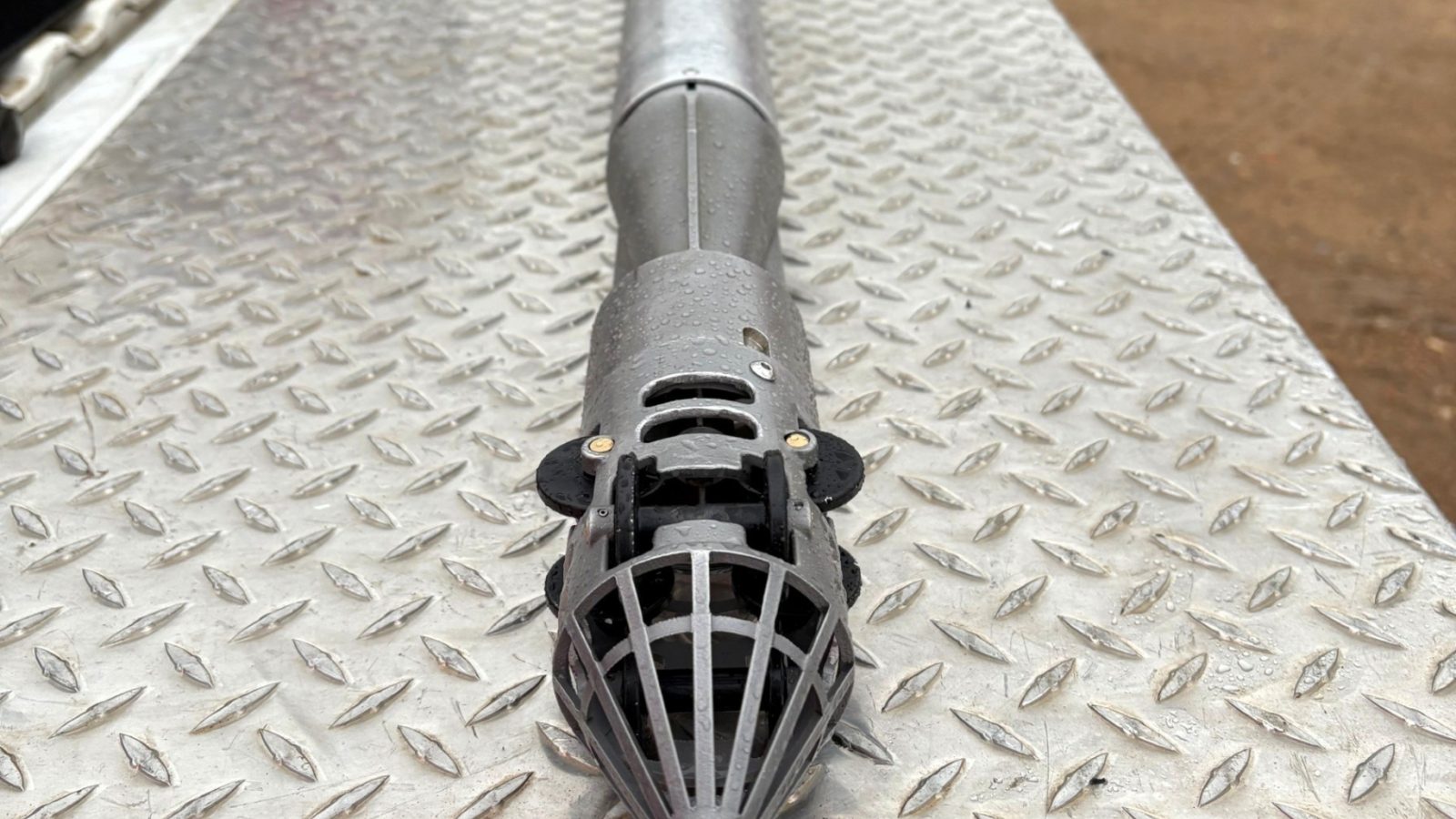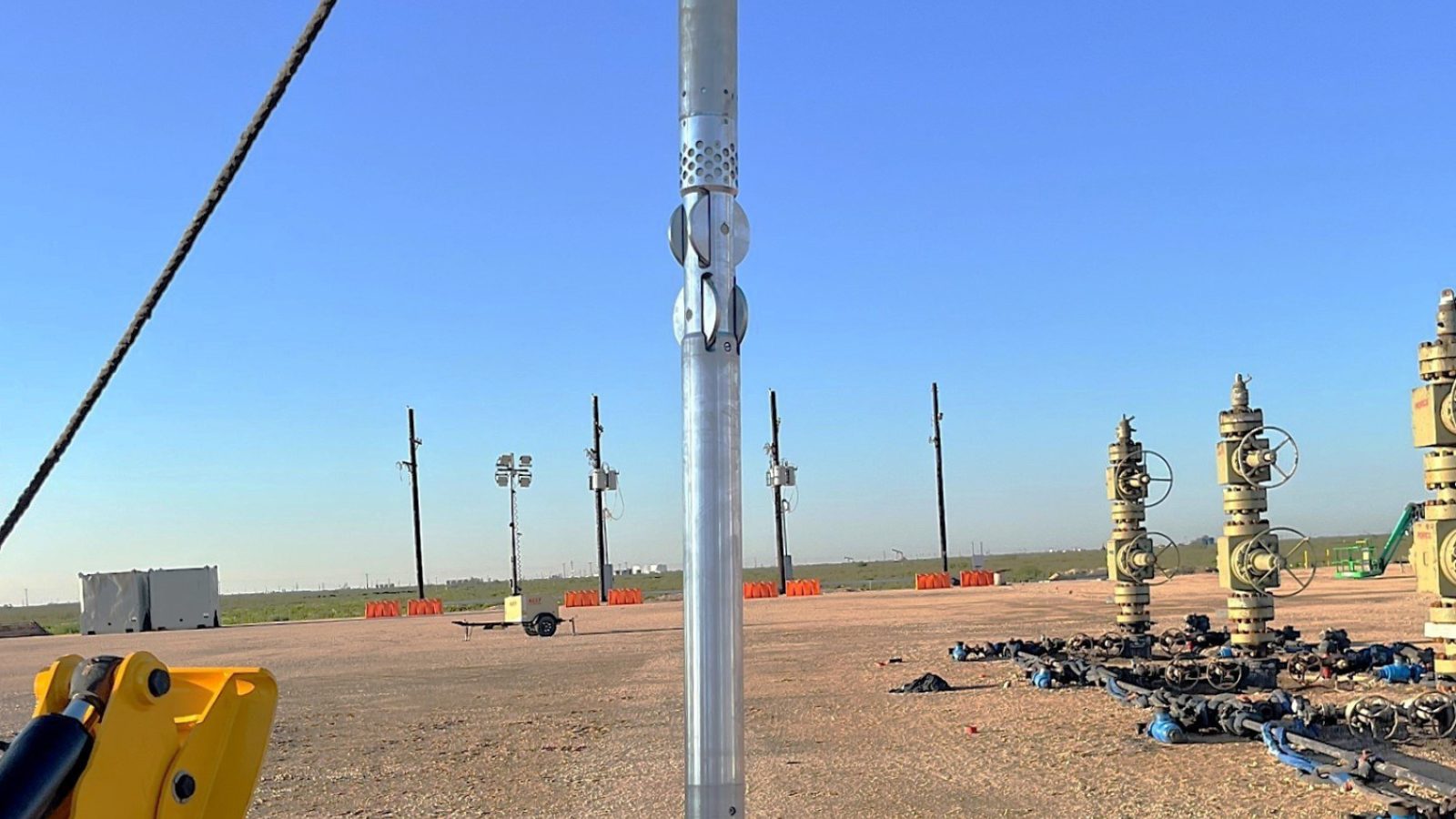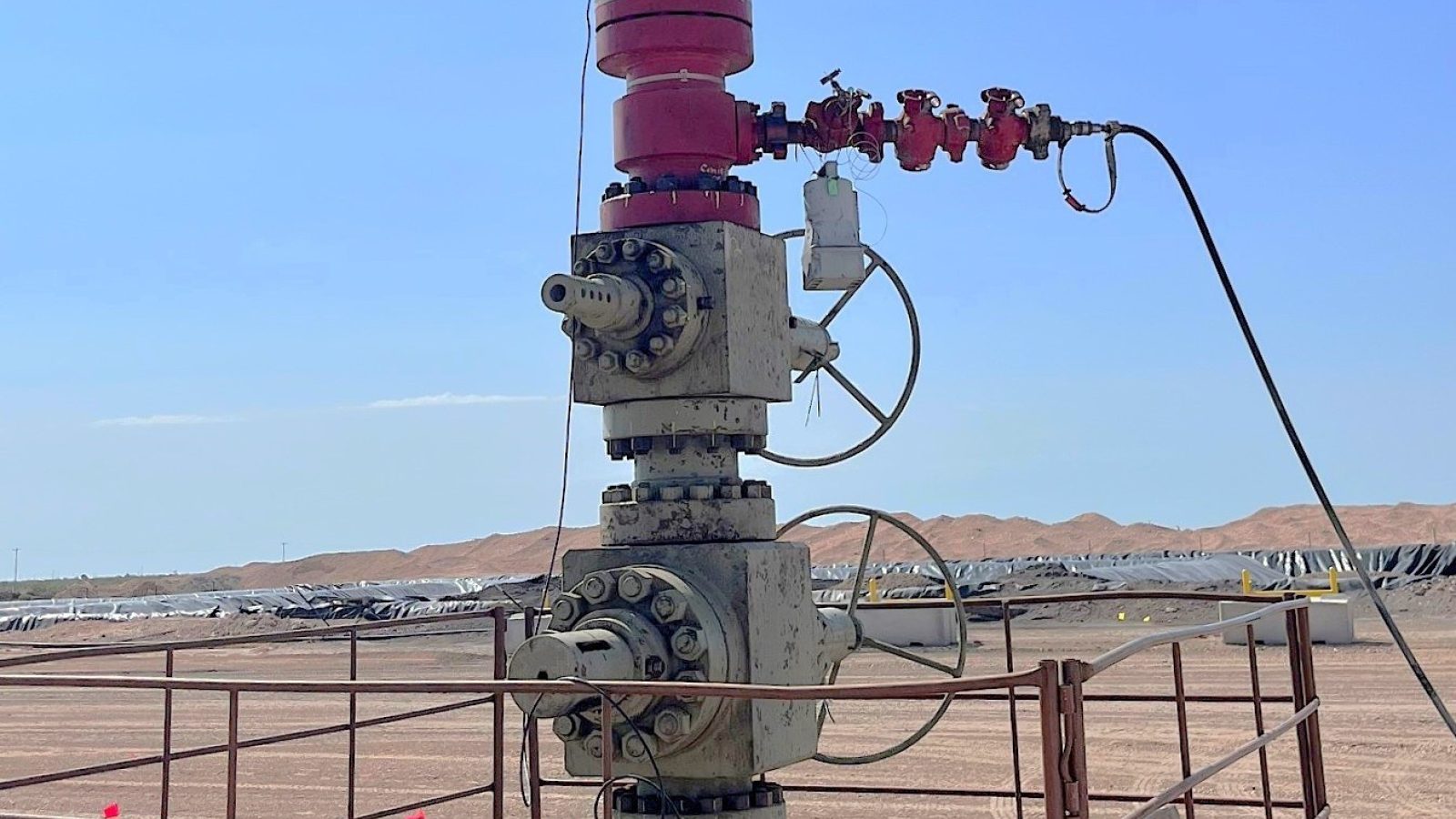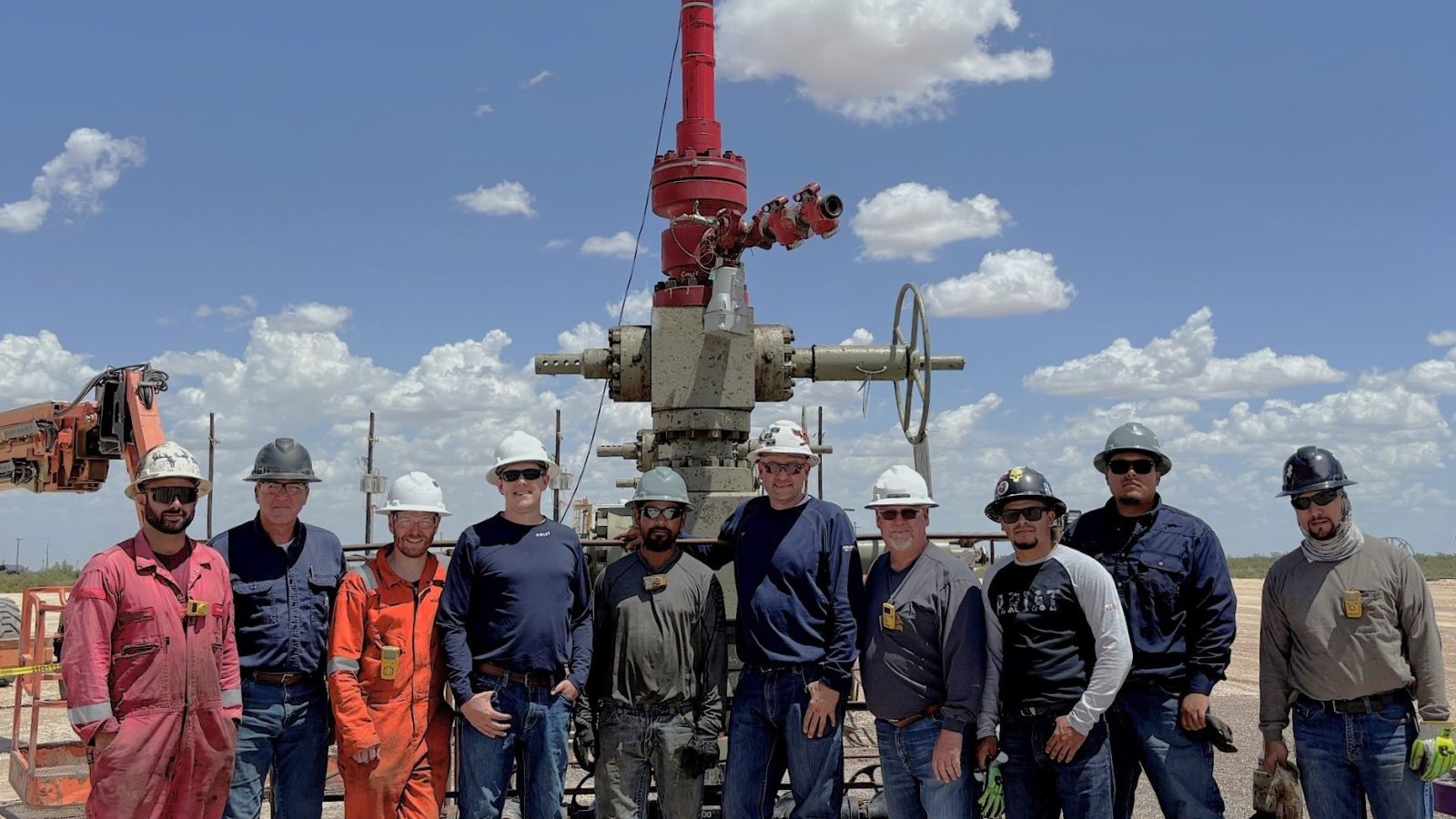WellSense, a specialist in fibre optic well diagnostics, has developed a groundbreaking, single-use, jet-propelled and battery powered well conveyance technology, which is able to rapidly deploy bare fibre into highly deviated wells.
The conveyance system has been designed to improve the speed, quality, cost and efficiency of diagnostic surveys in horizontal wells.

FliCS Jet Assembly
WellSense successfully completed a technology field trial in August 2025, where the FiberLine Intervention Conveyance System (FliCS) deployed bare fibre into a 19,000 foot uncompleted well in the Permian Basin for cross well strain monitoring. The deployment took just 50 minutes - around ten times faster than a standard pumpdown operation. The trial was delivered for a major international operator that provided support for early technology development and, witnessing the results, the operator has confirmed its intention to redeploy the technology in four further projects over the next three months.

FliCS with a 25,000ft Fli probe.
FliCS has been developed at WellSense’s UK headquarters and R&D hub in Aberdeen, by Dan Purkis - the company’s founder, technology director and respected industry innovator. The new well access solution introduces the ability to deploy Fli into horizontal wells to acquire distributed acoustic sensing and distributed temperature sensing data across the reservoir.
Annabel Green, CEO at WellSense, said: “FliCS will provide well operators a cost-effective, low risk well surveillance solution for horizontal wells for the first time. While it will have many applications in well integrity, it also enables a major expansion of injection profiling capabilities. This has global application, providing performance data to enable water injection to be optimised for effective pressure support and oil displacement.

FliCS assembly installed into the wellhead
"For our key clients in the Middle East, FliCS will provide valuable diagnostics for matrix acid stimulation. This approach is widely used to improve carbonate rock matrix permeability and flow channels, so improved knowledge of fluid placement can greatly enhance treatment and directly improve well performance.
“We’re incredibly excited by the market growth opportunity this unique solution presents for us, and by the efficiency, diagnostic and carbon reduction benefits it’s set to provide the wider industry. Our next step is to deliver our first, multi-unit, prototype order while developing a slimmer model for deployment through smaller tubing. We’ll be maturing the technology ready for commercial launch early next year but actively engaging with customers at ADIPEC and beyond to discuss opportunities.”

The wellsite team celebrate first FliCS deployment.
The pioneering FliCS conveyance system from WellSense uses lightweight battery powered jet propulsion which is triggered by a magnetic switch at launch. Jet-drive technology accelerates well fluids through an impellor sub to generate thrust while the probe de-spools optical fibre along the well to enable highly sensitive distributed fibre optic sensing data to be acquired. The prototype model deploys 25,000 feet of fibre in little over an hour, travelling around ~350ft./min. versus ~35 ft./min. for a conventional tractor conveyance. The risk to future operations is negligible as the lightweight components can be left in the toe of the well or pushed to the bottom.
WellSense will be showcasing prototype FliCS results at ADIPEC (3-6 November) on stand 2410.